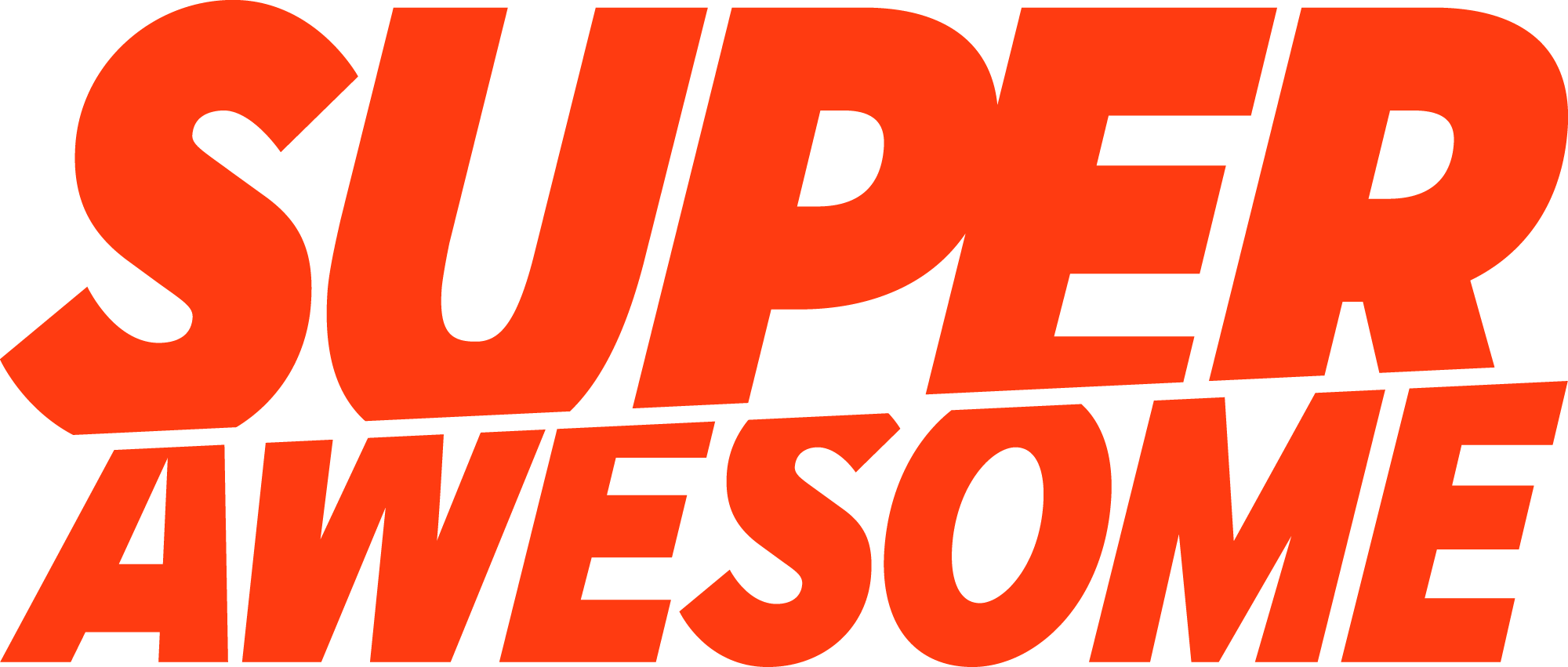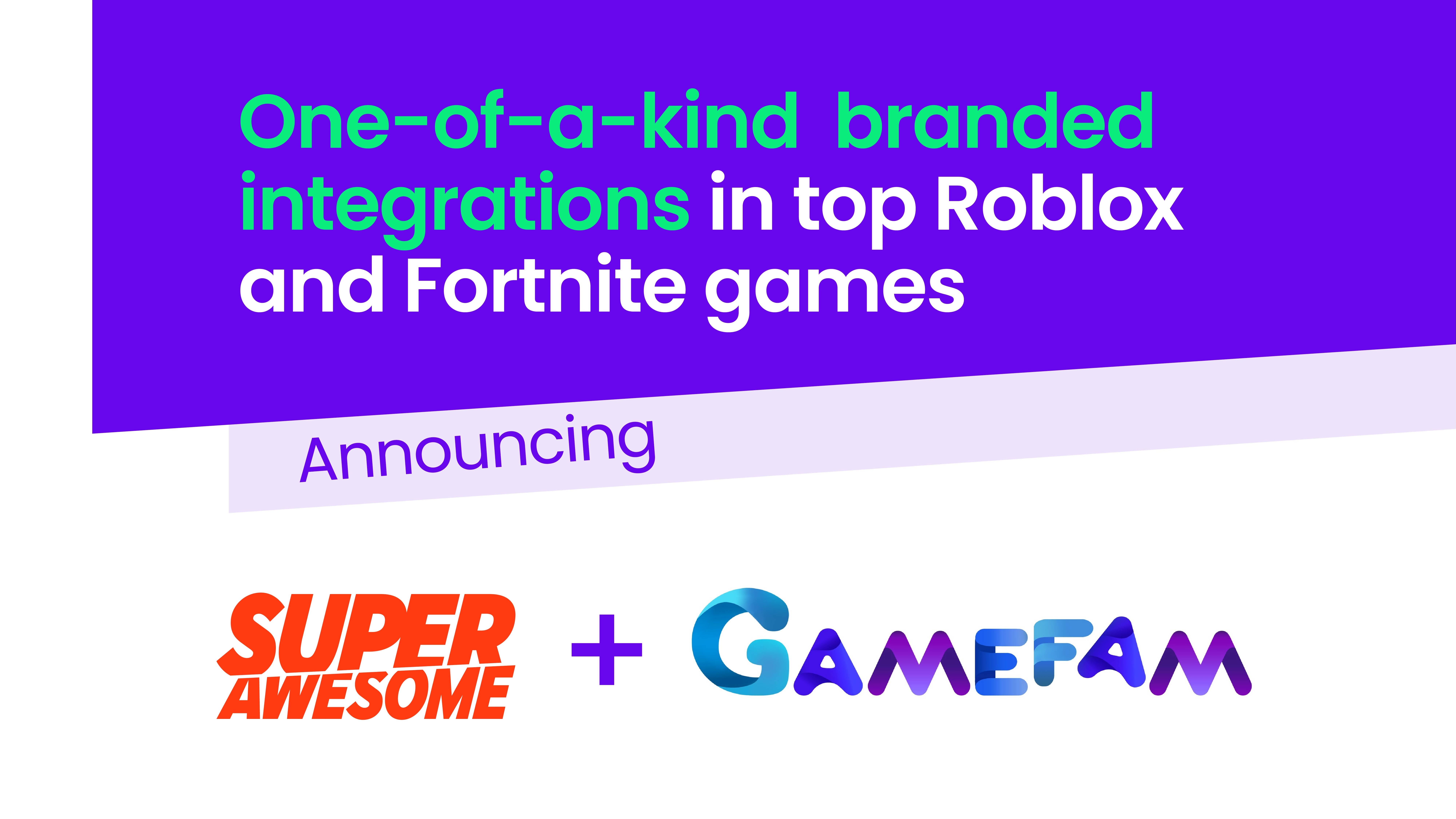Last week Google announced an update to their policies for kids’ apps in the Google Play store, with significant impact on kids’ publishers:
- Apps whose primary audience is children must participate in the Designed for Families (DFF) program, and will only be allowed to use certified ad SDKs or mediate to certified ad networks.
- Only ad networks that have certified they uphold COPPA-standard data-privacy protections and are able to moderate ad content will be permitted in DFF apps.
- General audience apps and sites that appeal to kids or have some kids as an audience will need to implement an age gate and treat the under-13 segment as Designed For Families.
The net result of these changes will be to remove revenue from kids’ publishers unless they are using certified monetisation SDKs and/or mediating only to certified ad networks. If your app is not primarily directed to children but has a kids’ audience, then you must take measures to protect your young users.
As the only dedicated kidtech platform certified for the DFF program, we’re happy to partner with Google on this new initiative. We’ll be posting more guidance on the Google Play store changes in the coming days, but meanwhile we thought it a good idea to revisit some of the technical solutions that can help you comply.
Age-Gating
The new policy requires mixed audience apps to implement an age-gate. An appropriate age-gate asks in a neutral manner how old the user is (not their birthdate—that is more information than you need).
If the user is below the age of digital consent (13 in the US, 16 in the EU—with some exceptions), you will need to funnel them into a zero-data version of your service, e.g. remove social media plugins and third-party data collectors such as ad networks that do profiling or behavioural targeting.
(We recently revealed KidSwitch, our machine learning platform which automatically detects whether the user engaging with content is a child without the need for an age-gate. More on this soon)
Kid-safe Advertising
With your audience segmented via an age gate, you now have an extremely valuable demographic which the top kids’ brands are eager to reach. The kids’ market is currently the fastest-growing vertical in digital advertising, with annual growth of 25-40%, according to PwC.
When making your kids’ audience available to advertisers, be sure to use only COPPA or GDPR-K compliant ad-serving technologies. That means only accepting contextual advertising, and blocking any collection of persistent identifiers (like device IDs or IP addresses) by partners who may be building profiles or engaging in behavioural advertising. AwesomeAds is certified by Google for use in DFF apps.
Verified Parental Consent
If you find yourself having to implement an age gate under the new policy, and your game or app requires personal data to function (such as location data for an A/R experience), then you’ll need to implement a parental consent flow that is compliant with US, EU and other data privacy laws. This means not only obtaining auditable consent of parents, but also verifying their identity (as required under COPPA and GDPR-K), and providing continuous access to parents so that they can view, amend, delete any personal data of their children.
Kids Web Services (KWS) takes care of all those requirements, from authentication through to a fully featured parent portal.
You can expect Google and Apple to continue tightening their policies governing kids’ apps, as people pay more attention to making the internet safer for kids. This has been our sole mission for over five years and we’re pleased to continue rolling out solutions that make it easier for publishers to comply and to help kids safe.



